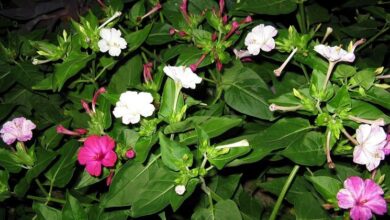Pinus pinea
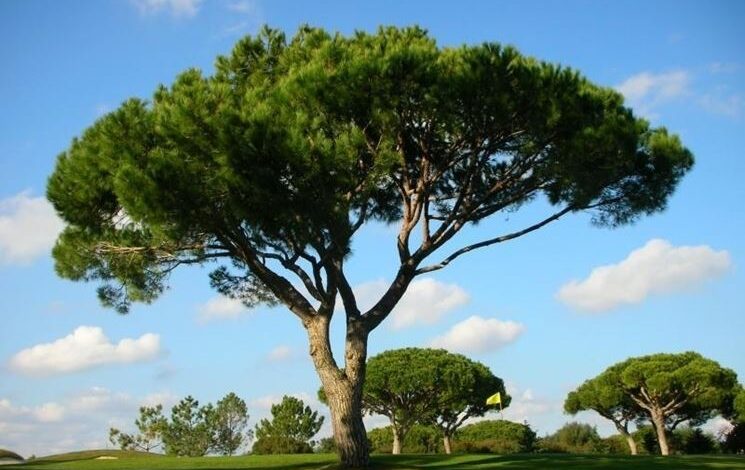
Pinus pinea
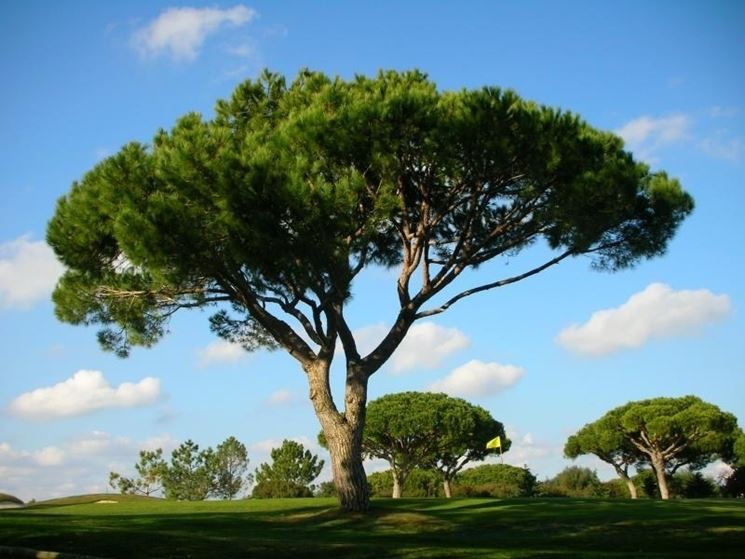
The Mediterranean pine forests
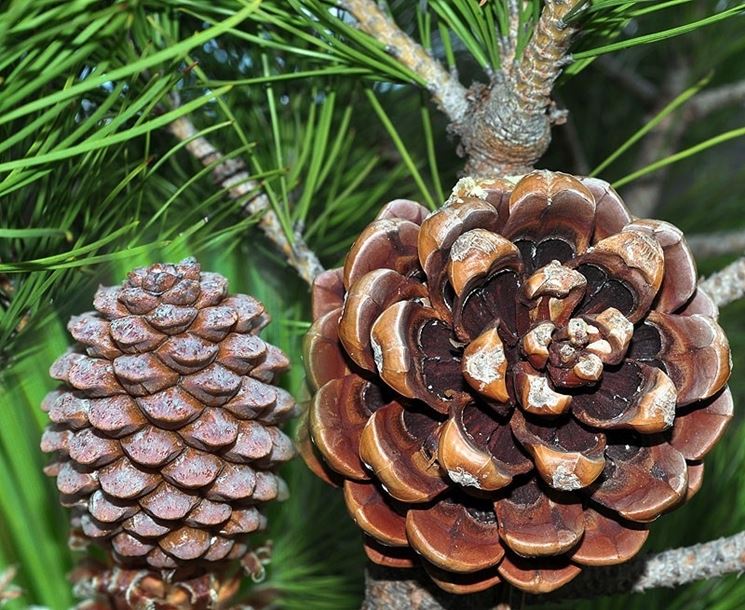
The pine forests are wooded areas formed by evergreen trees, belonging to the genus Pinus, including many species. Pines are tall trees whose leaves are transformed into needles, arranged in groups of two, three or four. They produce two types of cones, male and female. After fertilization the female cones are transformed into the characteristic «pine cones» containing oily seeds, the pine nuts. In the Mediterranean pine forests the trees grow spaced apart, allowing sunlight to reach the lower layer, rich in shrubs typical of the Mediterranean scrub. In Italy, the Mediterranean pine forests, consisting mainly of three species of pines, Pinus pinea (stone pine), Pinus halepensis (Aleppo pine) and Pinus pinaster (maritime pine), have an immense value from a landscape point of view and environmental, rich in numerous plant species, typical of the Mediterranean scrub, and in animals. Very famous is the pine forest of Castelporziano (where the domestic pine is predominant), rich in animal and plant species.
Trees
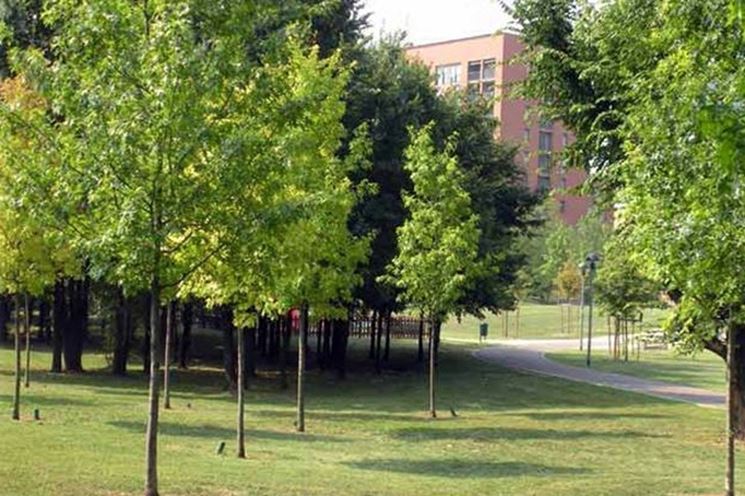
Trees are plants that grow in height. They are characterized by a woody trunk, from which branches that support a green crown start. Trees represent the highest degree of specialization in the evolution of plants. Species able to adapt to climatic situations that are not always favorable, scarcity of water, lowering of temperature. The strong root system keeps the plant anchored to the ground, and protects it from landslides and landslides. The trees are divided into «conifers» and «broad-leaved» by the shape of the leaves. Conifers have very thin, pointed leaves, broad-leaved trees have broad leaves that fall off in autumn. The thin leaves, called needles, limit transpiration and the plants can thus survive in arid environments. The broad leaves, typical of plants living in the plains or hills, they favor transpiration. The climatic conditions are responsible for the growth of the different tree species, with the formation of the many types of woods. The function of trees is essential for the survival of life on Earth, from an environmental, energy and economic point of view.
Coniferous trees
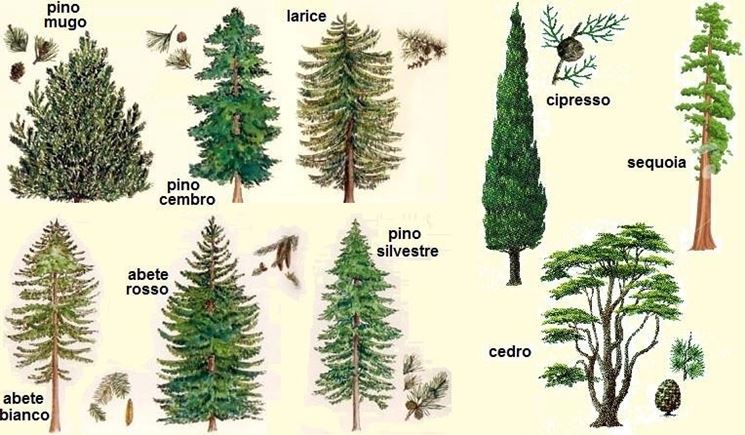
Conifers are a kind of evergreen trees characterized by thin leaves, called needles, and for this reason they are known as «conifers». They live in temperate or cold environments, and are widespread in the northern hemisphere where they form large forests. The name conifers derives from particular woody structures, called «cones» or «pine cones», characterized by scales, inside which the seeds develop; the cones are divided into male cones (which carry the pollen) and female cones (which carry the ovule). Fertilization usually takes place by the wind. Conifers represent the largest class of Gymnosperms, which includes pines, firs, cypresses, larches, sequoias. Conifers are among the first trees to appear on earth, initially in the form of shrubs and then growing taller. In Italy, the conifers that live in the high mountains are spruce, larch and Scots pine, which form large forests of a single species. The conifers that live in milder environments are cypresses, yew, cedar and maritime pine. The largest coniferous forests are found in the northernmost part of the globe, from Siberia to Canada.

